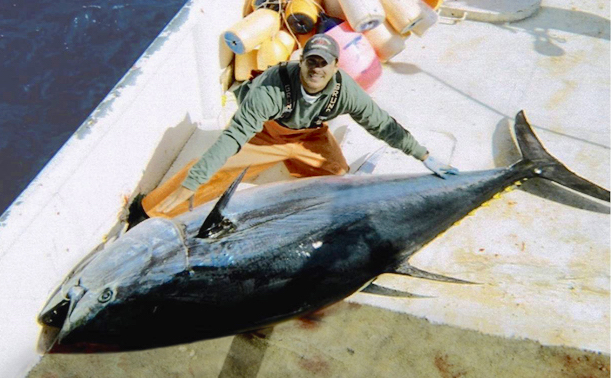Bluefin tuna are on the verge of extinction, and high consumer demand continues to drive threatened stocks down. Just yesterday, a restaurant in Japan paid $323,195 for a single fish. The Japanese government recently decided to start cracking down on fishermen going over their allotted limits on the fish (previously it was “self-policed” with no penalties for exceeding limits), but stocks worldwide are already precipitously low compared to historic levels, and management agencies seem unwilling to do much about it. Though stocks appear to have recovered marginally in some places, they are still under grave threat due to a number of factors, including prey loss and overfishing.
A company called Finless Foods thinks it has a solution to the Bluefin tuna overfishing problem: growing tuna in a lab in an effort to cut consumption of the real thing. It’s not news that more and more companies are trying to create agriculture and animal products in a lab: things like lab-grown leather and the many efforts to grow cultured meat.
Some people are freaked out by the idea of their food being grown in a lab, but cultured meats and other products have the potential to dramatically reduce the environmental toll of agriculture, and may even be better for our health.
Finless Foods has successfully produced their cultured tuna, the challenge now is getting the price down so they can create a market for it. And the founders say they will have price parity with bluefin tuna by 2019.
The founders say they chose bluefin due to environmental concerns and because it is such an expensive fish, meaning they could be more likely to be competitive with the current market for wild Bluefin tuna. Could this be the solution we need to help Bluefin stocks recover?
fly fishing magazine



